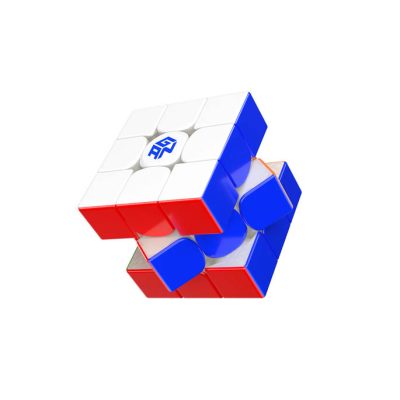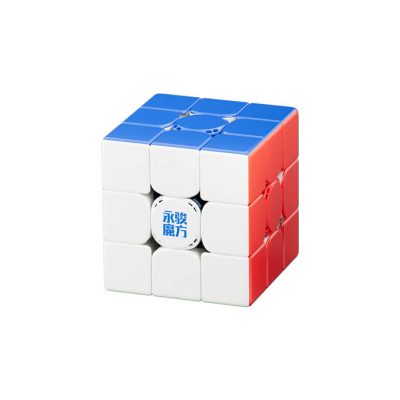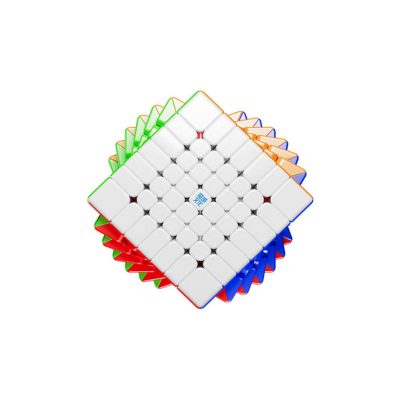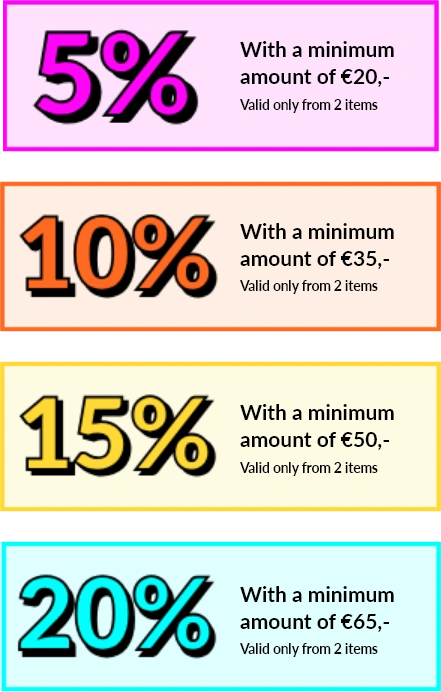-
 Dave Vinke
Dave Vinke
- Leestijd: 5 min
- Laatst geüpdatet: 07/08/2025
To get started with model building, you need several basic essentials: good tools, the right glue and paint, a suitable model kit, and a practical workspace. The most important tools include a hobby knife, tweezers, cutting pliers, files, sandpaper, and a cutting mat. For beginners, acrylic paint and plastic cement are ideal choices. Choose a model kit that matches your skill level and interests, and set up a well-lit workspace with adequate ventilation.
What Basic Tools Do You Need for Model Building?
For model building, you need at least six basic tools: a hobby knife, tweezers, cutting pliers, files, sandpaper, and a cutting mat. These tools form the foundation for virtually any model building project and help you cleanly remove, refine, and attach parts.
A hobby knife is your most important tool. You’ll use it to cut parts from sprues and remove excess plastic. Choose a knife with replaceable blades so you can always work with a sharp edge. Fine tweezers help you grip small parts and place stickers. For beginners, straight tweezers with a fine tip are sufficient.
Use cutting pliers to cut through thicker parts without applying excessive force. Make sure to buy specialized model building pliers with flat cutting surfaces. Files and sandpaper are needed to smooth cut surfaces. Start with a coarse file (100-150 grit) and finish with fine sandpaper (400-600 grit).
A cutting mat protects your table and keeps your blade sharp longer. Choose a mat of at least A3 size to give yourself adequate workspace. For a complete starter set, you’ll spend between 25 and 50 euros. It’s better to buy quality tools once than cheap alternatives that break quickly.
What Glue and Paint Work Best for Beginners?
As a beginner, you’ll work best with plastic cement for plastic models and water-based acrylic paint. Plastic cement slightly melts the plastic so parts bond permanently. For other materials like wood or metal, use super glue or PVA glue.
Plastic cement comes in two varieties: thin and thick. Thin glue is ideal for precise connections and flows into seams through capillary action. Thick glue gives you more time to position parts. Start with a bottle of thin glue from a well-known brand like Tamiya or Revell.
For painting, beginners should choose acrylic paint. This paint dries quickly, doesn’t smell strong, and you can clean your brushes with water. Enamel paint gives better results but requires more experience and good ventilation. Start with a basic set of 6-8 colors: black, white, red, blue, yellow, green, brown, and metallic silver.
Always work in a well-ventilated area, even with acrylic paint. Wear old clothes or an apron and lay down newspapers. Keep a jar of water handy for your brushes and use paper towels to wipe away excess paint. Always test new paint first on an invisible piece or scrap material.
What’s the Difference Between Various Model Kits?
Model kits differ in scale, difficulty level, material, and construction method. Scale indicates the ratio between the model and the real object. Popular scales are 1:72 for aircraft, 1:35 for military vehicles, and 1:24 for cars. The smaller the second number, the larger your model will be.
Difficulty levels usually range from 1 to 5. Level 1 sets have few parts and are suitable for children from age 8. Level 3 is ideal for beginners with some experience. Level 5 sets contain hundreds of parts and require much patience and skill.
In terms of materials, you have plastic, wood, metal, and resin models. Plastic models are most suitable for beginners: they’re affordable, easy to work with, and widely available. Snap-fit models click together without glue, perfect for your first project. Glue models offer more freedom but require more tools.
| Category | Popular Scales | Suitable For |
|---|---|---|
| Aircraft | 1:48, 1:72, 1:144 | History enthusiasts |
| Cars and motorcycles | 1:24, 1:32, 1:43 | Car lovers |
| Trains | H0 (1:87), N (1:160) | Model railroad builders |
| Military vehicles | 1:35, 1:48, 1:72 | History fans |
| Ships | 1:350, 1:700 | Maritime enthusiasts |
Choose a subject that truly interests you. Are you crazy about old aircraft? Then start with a Spitfire in 1:72 scale. Do you love fast cars? A Formula 1 car in 1:24 is perfect. When making your choice, also consider the size of the finished result and whether you have enough space to store the model.
How Do You Set Up Your Workspace for Model Building?
A good workspace for model building has three important characteristics: bright light, good ventilation, and adequate storage space. Place your work table near a window for natural light and supplement this with a desk lamp with daylight bulb. Ensure ventilation by cracking open a window or using a small fan.
Your work table should be sturdy and at the right height. If your elbows are at a 90-degree angle while working, you’re positioned correctly. An office chair with adjustable height prevents back problems. Cover your table with a cutting mat or old newspapers to prevent damage.
Organization makes the difference between chaos and enjoyment. Use plastic containers or old jam jars for small parts. Sort your paint by color and store brushes upright in a jar. Hang your tools on a tool board or place them in a toolbox with compartments.
Have limited space? A folding camping table works fine as a temporary workspace. Store your supplies in a large box that you can slide under your bed. A rolling serving cart is also handy: you roll it to your workspace when you want to build and put it away afterward.
Where Can You Find the Best Model Kits and Supplies?
For model kits and supplies, you can visit specialized webshops, hobby stores in your area, or large toy chains. Online shopping offers the largest selection and you can compare prices at your leisure. With us, you’ll find not only puzzles and speedcubes but also a selection of model building products for various skill levels.
The advantage of ordering online is that you can shop 24/7 and often benefit from competitive prices. However, watch out for shipping costs and delivery times. Physical stores offer the advantage of being able to examine products and get immediate advice from staff. For specific questions or if you’re just starting out, this can be very valuable.
To save money on your hobby, you can apply various strategies. Buy starter sets instead of individual products, as these often offer better value. Wait for end-of-season sales or look for second-hand sets on marketplaces. Also watch for discount promotions and loyalty programs at your favorite store.
When choosing a store, consider more than just price. Good customer service, fast delivery, and a generous return policy are important. We ship until 11:30 PM for next-day delivery, for example. Also check reviews from other customers to see if a store is reliable. A good webshop has clear product photos, detailed descriptions, and a secure payment environment.
Frequently Asked Questions
How long does it take to complete an average model building project?
A simple model with 50-100 parts takes a beginner about 8-12 hours spread over several days. More complex models with 200+ parts can take weeks to months, depending on your pace and level of detail. Plan short building sessions of 1-2 hours to maintain concentration and prevent mistakes.
What are the most common mistakes beginners make in model building?
The three biggest beginner mistakes are: using too much glue (less is more), not dry-fitting parts before gluing, and wanting to work too quickly. Take time to read instructions carefully, test first without glue to see if everything fits, and use a toothpick to apply small amounts of glue for clean connections.
Can I combine model building with other hobbies like 3D printing?
Absolutely! 3D printing is a perfect complement to traditional model building for creating custom parts, missing pieces, or complete scratchbuild projects. Start by printing simple accessories like tool holders or paint mixing cups, and work up to more complex parts like custom wheels or cockpit details.
How do I best store my finished models?
Store models in a display case or on shelves behind glass to keep dust away. Avoid direct sunlight that can fade paint and don't place models above heaters where they can warp. For transport, use original boxes with bubble wrap, or invest in special transport cases with foam rubber compartments.
When am I ready for advanced techniques like weathering?
After 3-5 successfully completed basic models, you're ready for weathering techniques. Start simple with dry brushing for metal effects or a wash for shadow work. Practice first on old models or spare parts before working on your showpiece, and watch online tutorials for step-by-step instructions.
Is model building an expensive hobby and how can I control costs?
Model building doesn't have to be expensive - you can start from €15-20 per model. Save money by doing one project at a time, using generic paint instead of brand-specific sets, and gradually expanding your tools. Buy large models during sales and consider smaller scales that require less paint and space.
How do I find other model builders to share experiences with?
Search for local model building clubs via Google or ask hobby shops about meetings. Online, Facebook groups, Reddit communities (r/modelmakers) and forums like Modelbouwforum.nl are active communities. Instagram is ideal for inspiration - use hashtags like #modelbouw or #scalemodel to find like-minded people and share your work.
Table of contents
Much viewed
More blogs
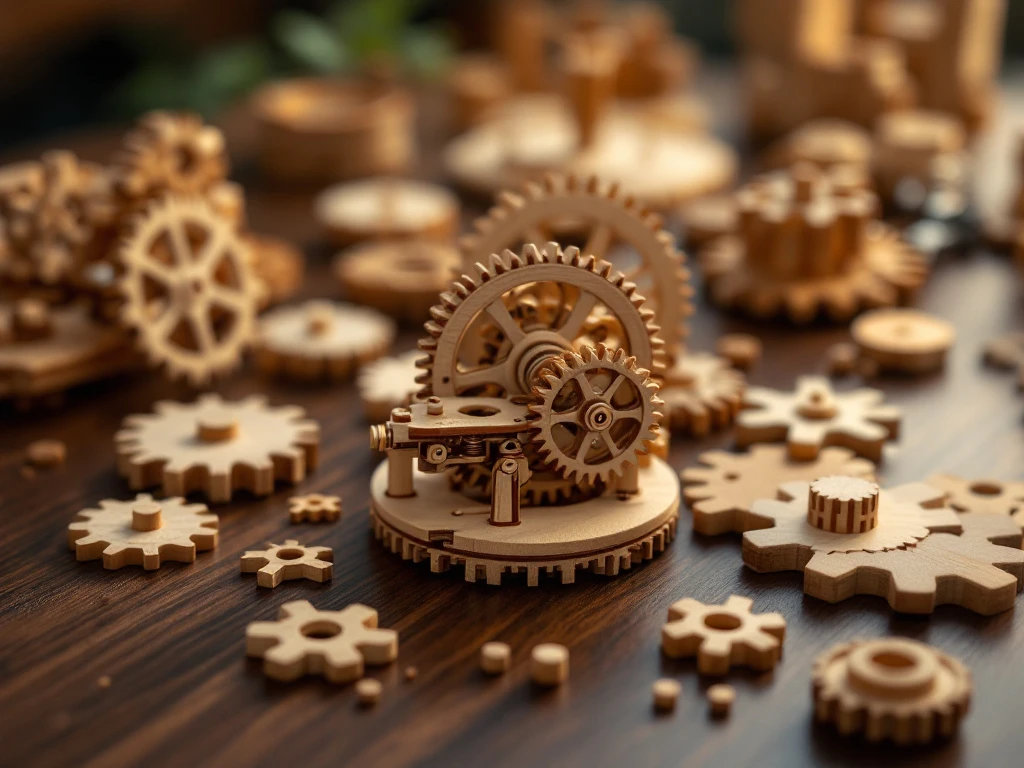
Which wooden building kits are suitable for adults?
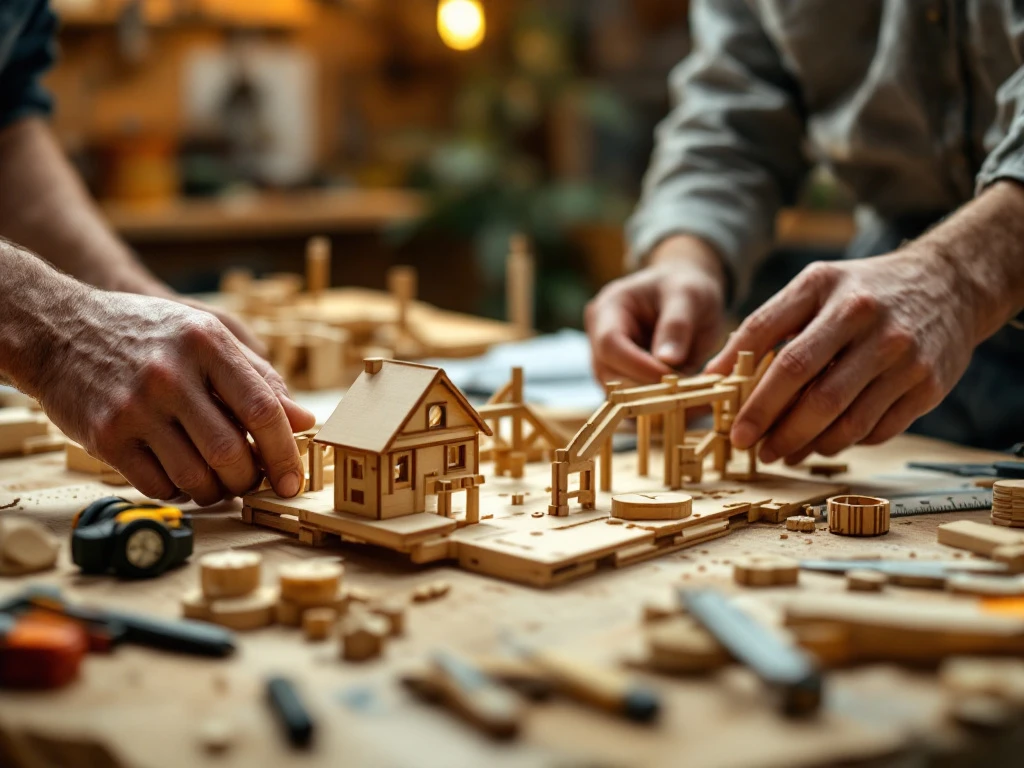
How do you prevent accidents with wooden building kits?
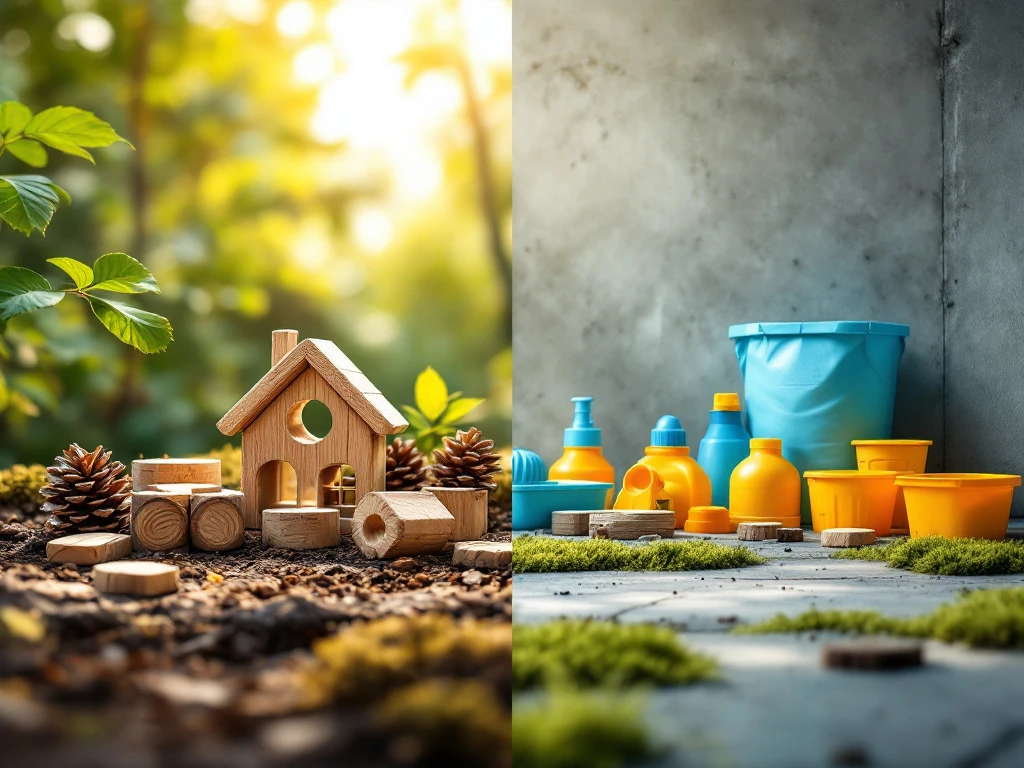
Are wooden building kits environmentally friendly?

